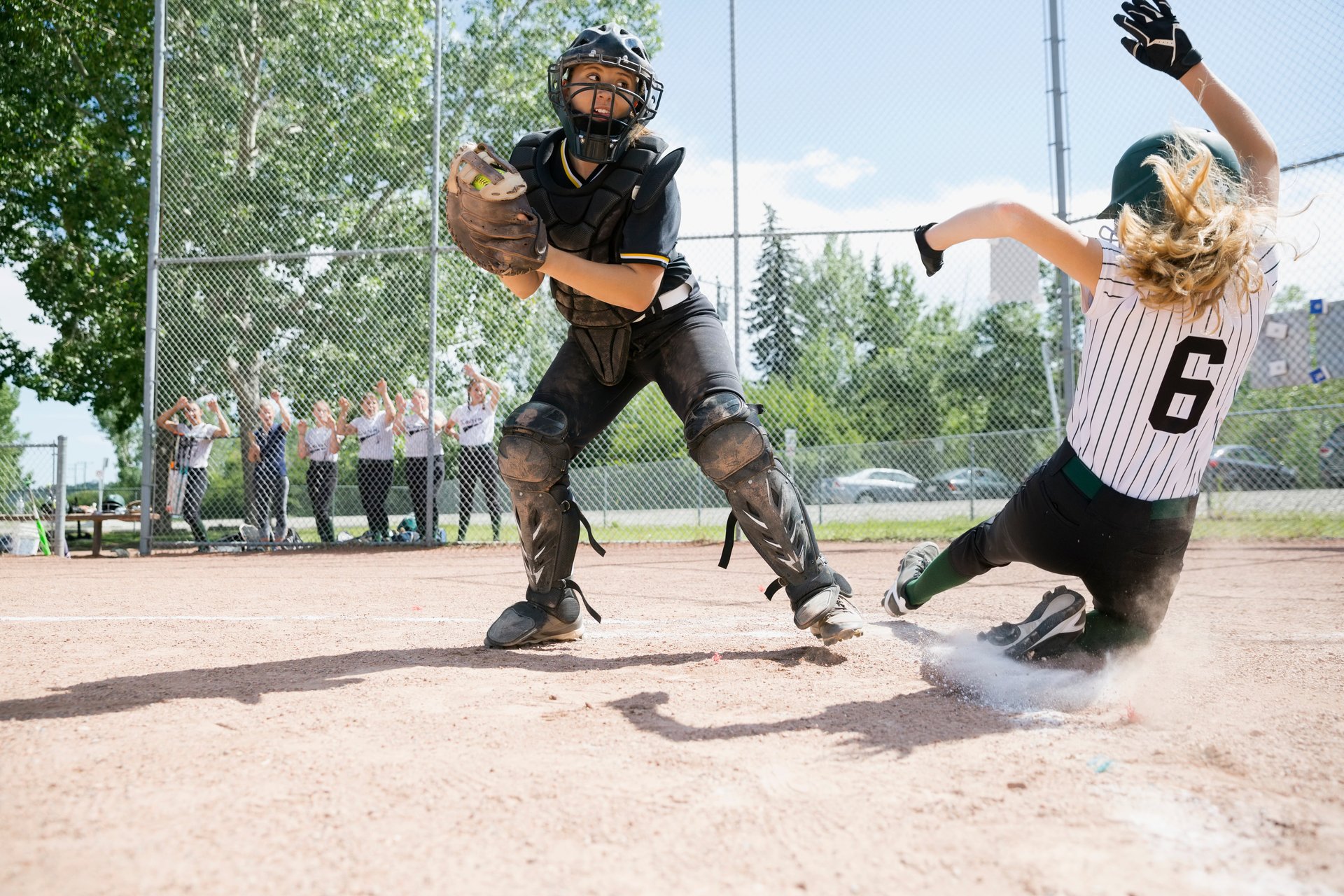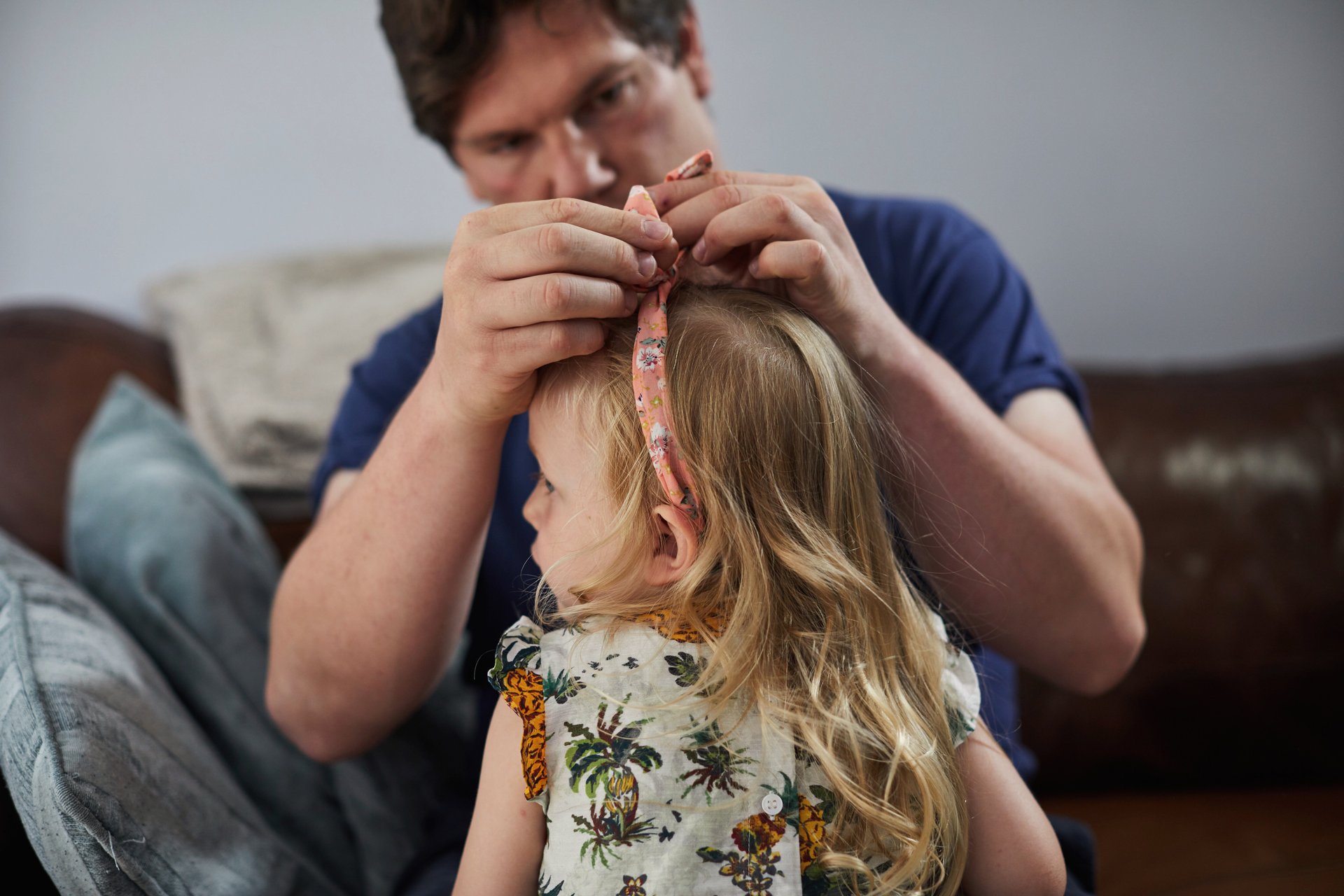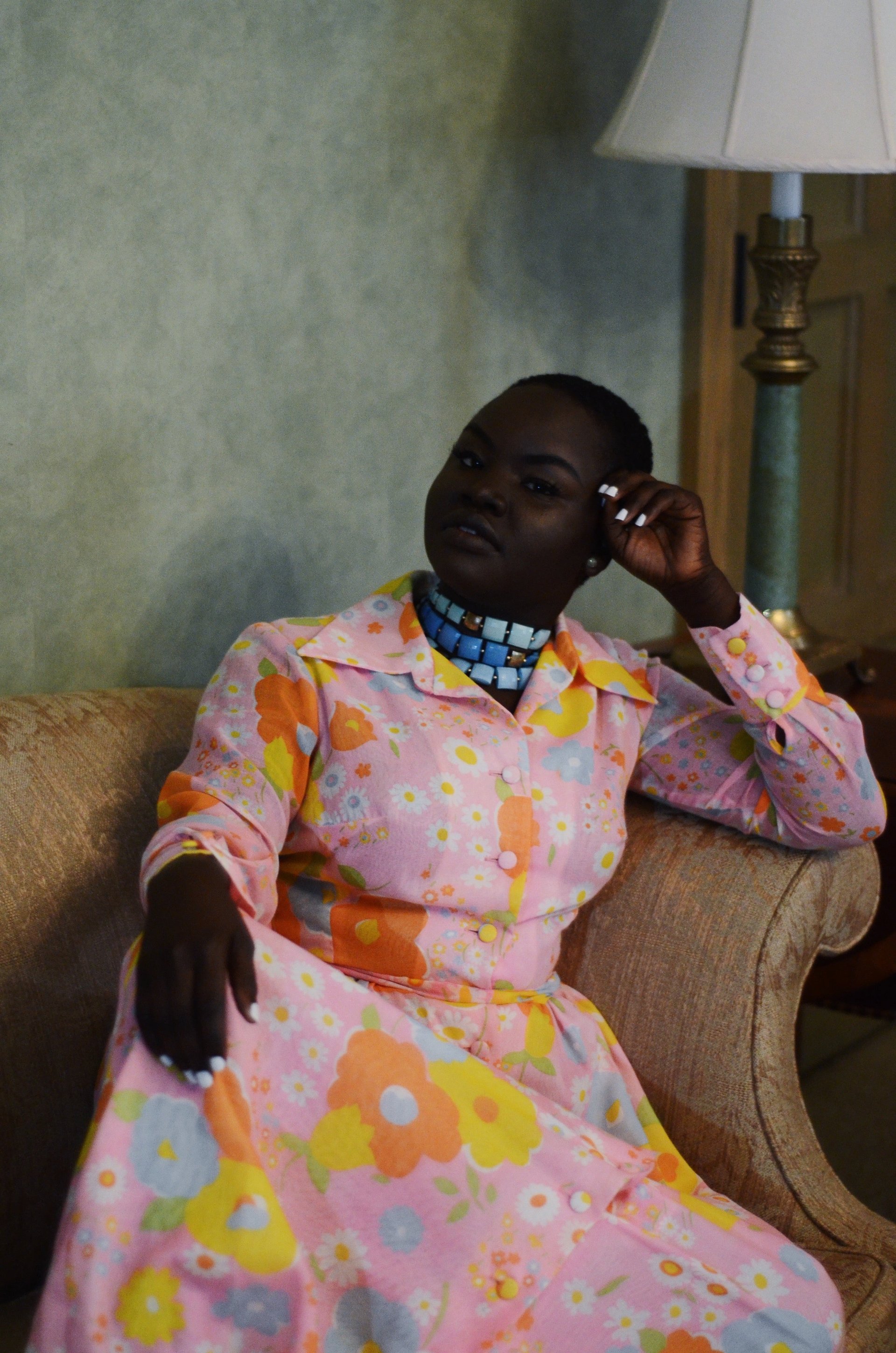Getty Images’ search data literally shows how #metoo has changed the world
Women’s rights have come a long way, but we still have a ways to go. The swell of articles coming out in recent months around the #metoo and #timesup movements have taken steps toward promoting a more equal, inclusive society. But it’s not just words that provoke revolution—images do, too.


Women’s rights have come a long way, but we still have a ways to go. The swell of articles coming out in recent months around the #metoo and #timesup movements have taken steps toward promoting a more equal, inclusive society. But it’s not just words that provoke revolution—images do, too.
Visuals incite change and shift attitudes; it’s why we had the most powerful women in Hollywood dress in all black at the Golden Globes, why we’ve seen multiple examples of women protesting in white bonnets and red cloaks to evoke the dystopian The Handmaid’s Tale, and why, after seeing Black Panther, shouts of “Wakanda Forever” will be echoing down school hallways until summer. While the ability of the written word to create change has always been revered, in today’s world of short attention spans and digital-first content, the imagery’s influence is unmatched.

Images are powerful. Hundreds of millions of them are uploaded to social media, with Instagram boasting 95 million every day alone. But they are also powerful in a deeper, more primal way.
Our brains have “picture superiority,” which means we can both remember and retrieve far more information from a picture than a set of words. In his book Brain Rules, John Medina said, “We are incredible at remembering pictures. Hear a piece of information, and three days later you’ll remember 10% of it. Add a picture and you’ll remember 65%.” Narratives are told within and around images, and those narratives are the ones that stick with us. Knowing the power a single image can wield, it’s important to consider what stories our collective visual culture is telling.
As CEO of Getty Images, I see the power of photography every single day. Our platform houses over 250 million visual assets, and we see over a billion searches on it every year. On any given day we receive about 50,000 images, arriving from more than 200,000 contributing photographers and our approximately 150 staff photographers.

From this unique vantage point, I’ve had a bird’s eye view of the evolving depictions of women. The good news is that more dynamic and inclusive images of women have been in demand for years now. Five years ago, we predicted the visual trend of Female Rising in our annual forecasting report, highlighting a need for trailblazing images of women and stereotype-defying girls. Since then, we have seen this come to fruition in exponential ways. In 2016, we saw searches on our stock-photo platforms that indicated a deep desire to see women in fields where they were traditionally underrepresented. We saw searches for terms like “women in STEM” and “women in technology” shoot up 526% and 111%, respectively. That same year, searches for “female empowerment” went up an impressive 722%.
Similarly, there was a hunger for images that defied limiting ideas of beauty and what it means to be feminine. We saw a 90% increase in searches for “gritty woman,” and a 105% increase in searches for “grungy woman.” Searches for “real bodies” increased 147%, and “authenticity” increased 104%. Clearly, the time is up when it comes to old gender norms and how they are represented in our visual landscape.

If we’re going to discuss women in stock photography, we also have to talk about men. If we want to see less toxic masculinity in the world, we have to stop rehashing stories of men as only stoic, strong, or sexually driven. Countering limiting gender binaries is necessary for all of us, and we will never have true equality unless we also advocate for more complex, multi-dimensional portrayals of men. Getty Images’ data shows an increase of 53% in customer searches for “gay dads,” 60% for “single father,” and in a different type of stereotype busting, “man meditation” is up 126%.
We have reached a turning point where stereotypes are being defied far beyond gender alone. Teenagers are marching on Washington to demand action on gun control. Last year Danica Roem became the first openly transgender woman to win a seat in US state legislature. Black Panther has broken box-office records and finally created space for more diverse superheroes to inspire our children (and the children inside each of us).

Again, this is reflected in our search data. Last year we saw a 104% rise in searches for “diversity,” a whopping 809% rise in searches for “LGBTQ,” and a 57% increase in searches for “transgender.” There was also an 130% increase in searches for “disability,” and a 258% increase for “mental health awareness.” We are hearing loud cries for inclusion. It’s a beautiful thing.
At Getty Images, we feel a responsibility to ensure accurate and authentic visual representation of diversity in the world, gendered and otherwise. People need to see themselves reflected in the images around them. We are working to make that a reality.
Stereotypes and socialized misogyny have played foundational roles in maintaining the structures that have empowered the abusers of the world. The entertainment, marketing, and advertising industries have helped to perpetuate them. In a positive sign, last summer, the UK’s Advertising Standards Authority banned ads that reinforced harmful gender stereotypes. This should behoove us all (and especially those of us in the media and advertising industries) to take stock of the ways in which we may perpetuate tired narratives through the images we commission and share.
The onus is on all of us to ensure we’re more mindful of the images we choose—wherever we use them. In order to provoke change, we must choose more diverse and inclusive imagery. It cannot be the only way that we’re working toward equality, but it is a powerful place to begin.